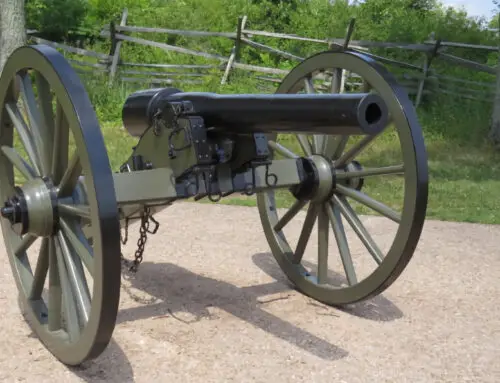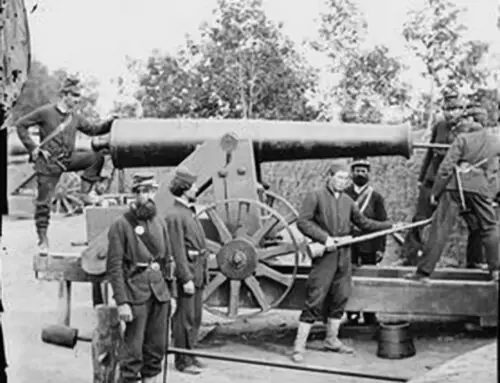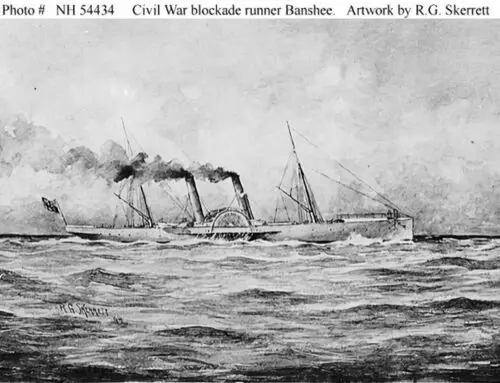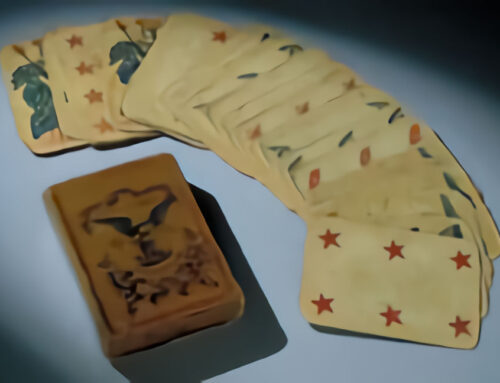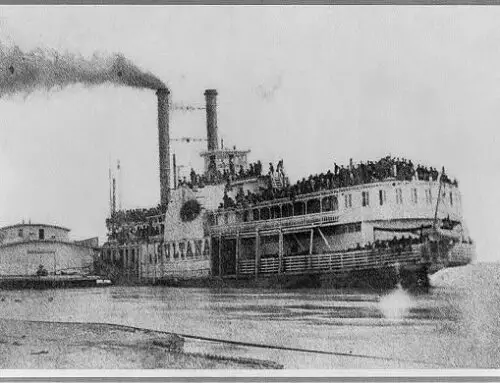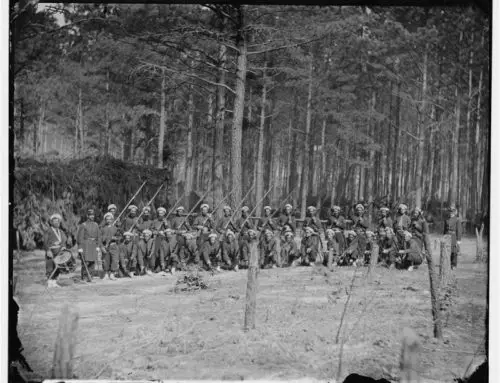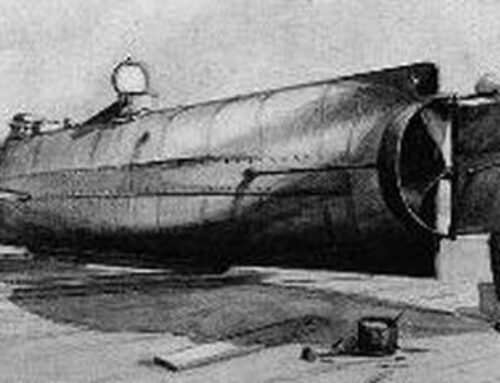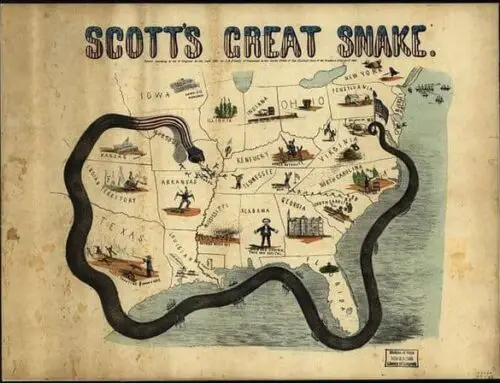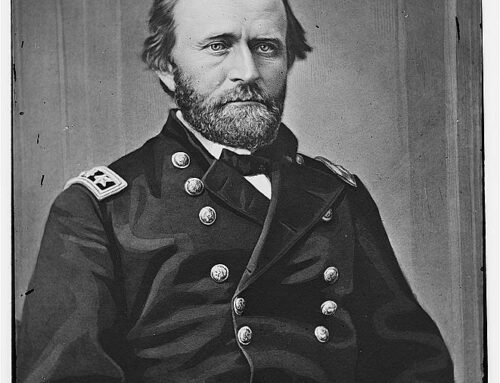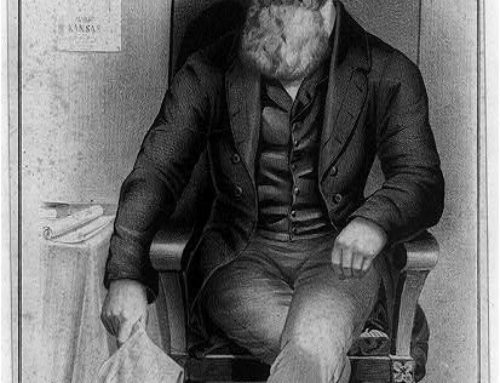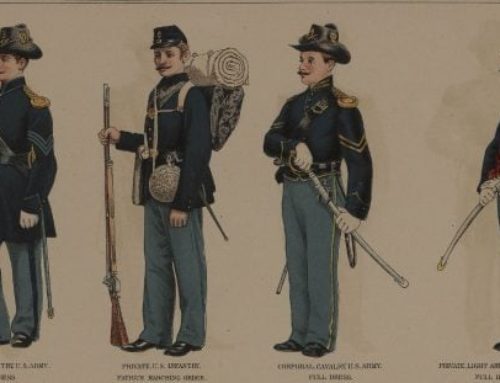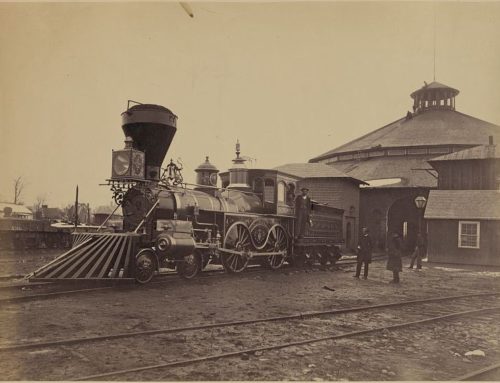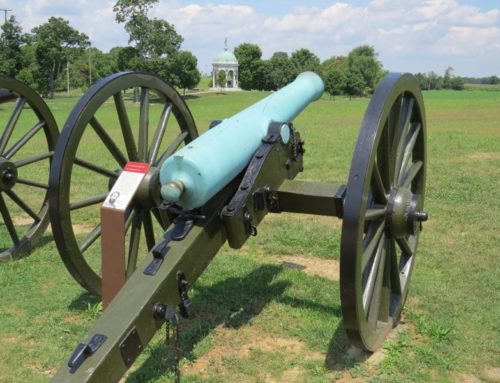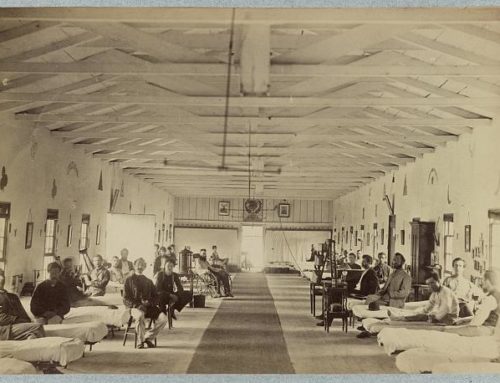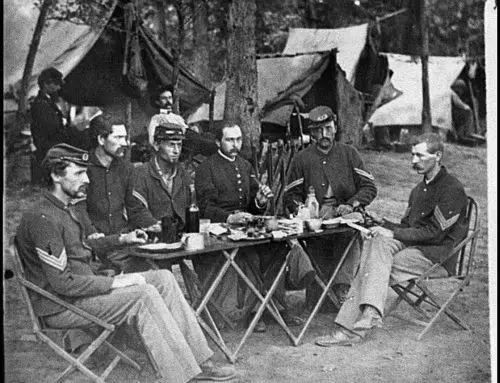The brass band of the Civil War played a very important role for both armies. They played at recruitment rallies and their music often helped to encourage young men to enlist. Both the Union and the Confederates used regimental bands. Each artillery or infantry regiment from the Union armies could have one 24 member band. The cavalry could only have 16.
The Confederate armies had fewer bands then the Union armies. This was because there were not enough musicians in the South. Also instruments were very hard to obtain.
Metal was in short supply and the best instrument makers were from the North.
In 1864, both the Union and the Confederates were forced to dismiss most of their bands. Most officers felt that the bands that were left still played inspirational music.
Their music helped to boost morale of the soldiers. The Confederate bands that remained played music from borrowed songbooks from the North, and captured instruments.
A drummer usually accompanied each regiment. The drummers played drumbeats that would signal the soldiers to get into formation.
Drummers also played to wake soldiers up in the morning, roll call, and to signal “lights out” at night. The battlefield however, was the most important place drummers were needed. They were used to convey orders from commanding officers, and to signal movement of the troops.
Another popular instrument during the war was the fife. The fife was a high pitched instrument, made of wood. The fife usually accompanied the drums. Cavalry did not use drums or the fife. Instead they used bugles. Artillery also used bugles on the battlefield.




